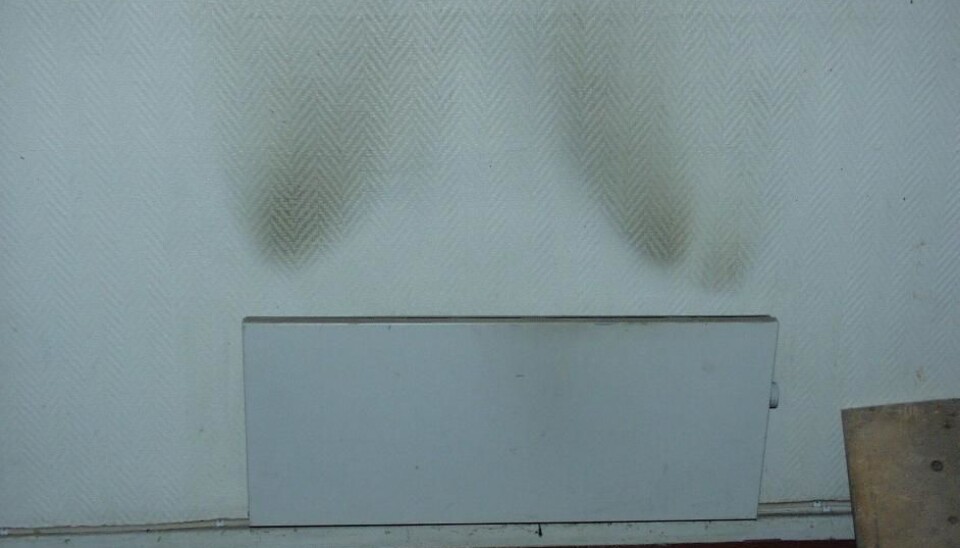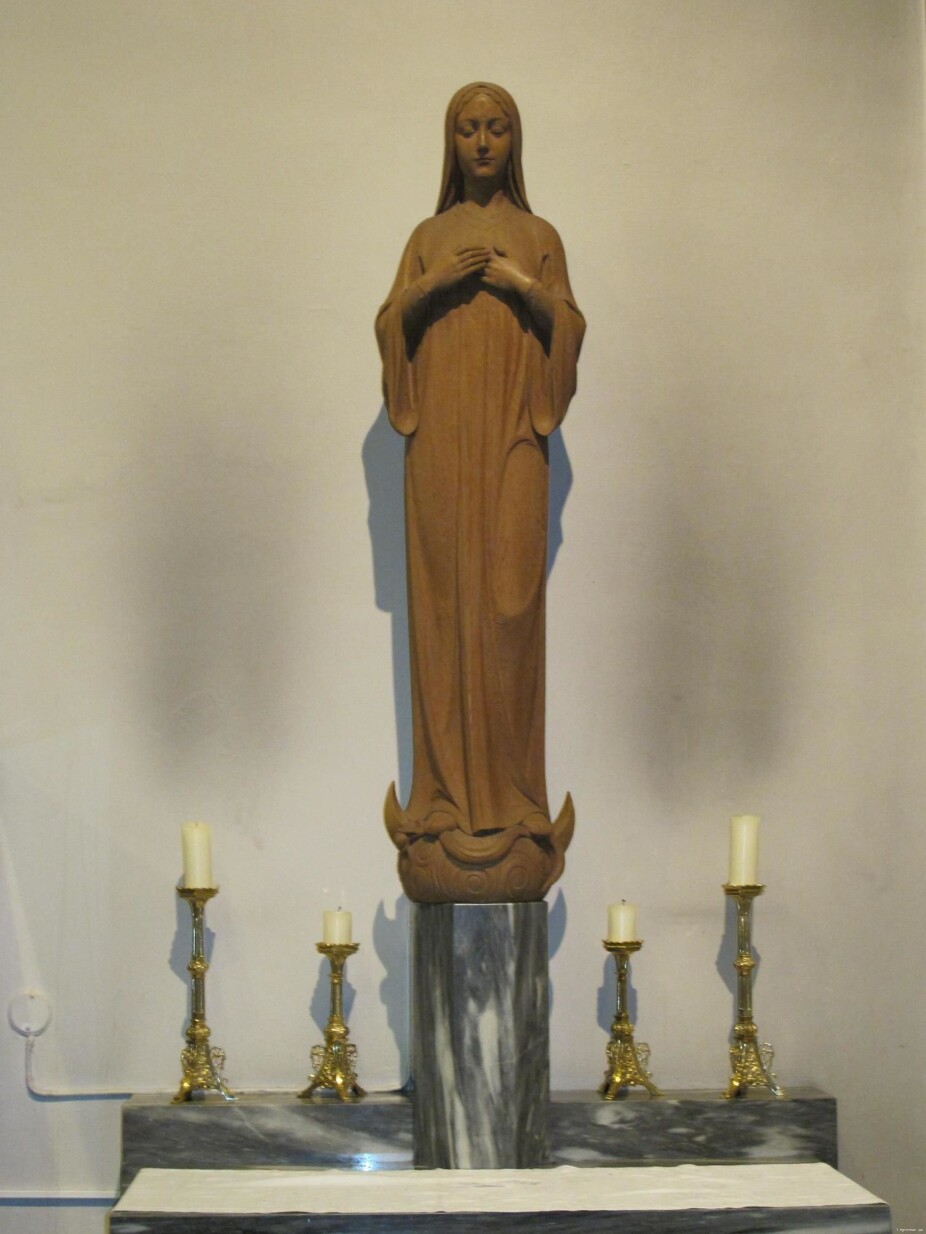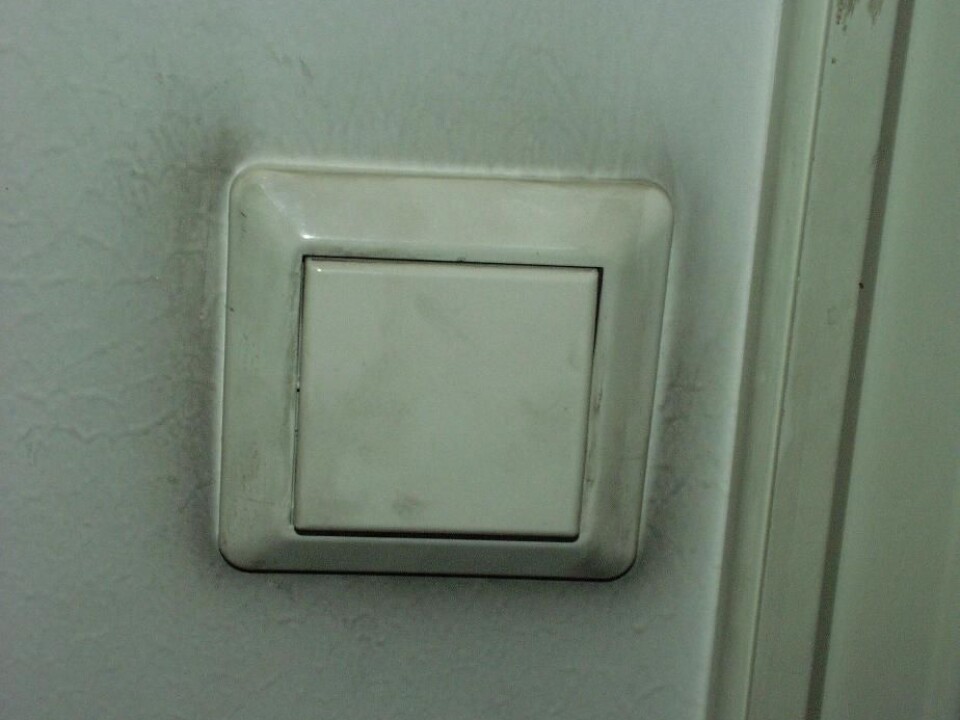This article was produced and financed by NILU - Norwegian Institute for Air Research

The culprit behind black dust?
Why are walls and objects in some homes coated with a thin veneer of black soot? The culprit appears to be a substance found in most paints.
Denne artikkelen er over ti år gammel og kan inneholde utdatert informasjon.
Working in cooperation with NILU, Mycoteam, a consulting company that works with biological damage to buildings, has discovered a plausible explanation for black soot on walls.
These findings were met with a great deal of interest in the construction industry and ended up as the second most read article in the online construction magazine bygg.no in 2011.
Recently renovated homes with poor ventilation are at risk
“Black dust”, or chemical blackening, occurs most often in new or renovated homes. Homes with poor ventilation are particularly at risk. Black dust only occurs during the winter months of December to February.
In experiments in closed research chambers, Mycoteam and NILU demonstrated that under special conditions soot particles (from the use of candles or wood burning) can aggregate to bigger particles of which black dust is mainly composed.

“When what we call semi-volatile compounds (semi-VOCs) are also present, these soot particles can grow in size. But the conditions must also be very dry, with a relative humidity below 15%,” says Norbert Schmidbauer, a senior researcher at NILU.
“In chamber experiments conducted by Mycoteam we found that the substance 2,2,4-trimethyl-1, 3-pentanediol monoisobutyrate, abbreviated TMPDMIB, plays an important role in the process leading to black dust,” Schmidbauer says.
“This substance is ingredient in all water-based paints. It works to help the paint form a film – in other words, it knits the latex particles together to form a surface that is flexible, reasonably hard and waterproof. The substance, which is a main ingredient in paint (between 3 and 8%), is not very water soluble (less than 0.1% on a weight basis) but will condensate on the surface of soot particles as long as there are dry conditions.”
The individual molecules of TMPDMIB do not react chemically with each other or the soot particles, but they have the potential to make intramolecular hydrogen bonds. This causes the molecules to hook together in long chains or thick layers and also to hook together particles covered with TMPD-MIB. The presence of water/ moisture can disturb this growth.

That means that the phenomenon only occurs under very dry conditions.
Black dust, also known internationally as “Black Magic Dust” or “Schwarze Wohnungen” has been studied in large international research projects, but no one has come up with a good explanation for the phenomenon.
It has also been difficult to perform experiments which could explain extraordinary particle-growth in closed research chambers.
However, all the experiments performed for these studies were conducted with standardized relative humidity of either 25 or 50% - but never under very dry conditions.
«Important research work»

The Norwegian Homebuilders Association has received many complaints from homeowners who have been affected by black dust, and therefore initiated the effort to commission Norwegian researchers to look at why more and more houses were suddenly plagued by black walls indoors.
“This is very important research, even by international standards,” says Per Jaeger, chief executive officer of the Homebuilders Association.
































